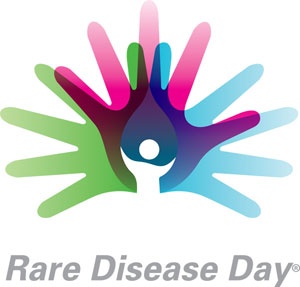President Ronald Reagan declared March to be Developmental Disabilities Awareness Month in 1987, urging “all Americans to join me in according to our fellow citizens with such disabilities both encouragement and the opportunities they need to lead productive lives and to achieve their full potential.”
What is a Developmental Disability?
Definition of Developmental Disability
Developmental Disability means a disability that is manifested before the person reaches twenty-two (22) years of age, which constitutes a substantial disability to the affected individual, and is attributable to mental retardation or related conditions which include cerebral palsy, epilepsy, autism or other neurological conditions when such conditions result in impairment of general intellectual functioning or adaptive behavior similar to that of a person with mental retardation. Unless otherwise specifically stated, the federal definition of “Developmental Disability” found in 42 U.S.C. 6000, et seq., shall not apply.
- A. Impairment of general intellectual functioning means that the person has been determined to have an intellectual quotient equivalent which is two or more standard deviations below the mean (70 or less assuming a scale with a mean of 100 and a standard deviation of 15), as measured by an instrument which is standardized, appropriate to the nature of the person’s disability, and administered by a qualified professional. The standard error of measurement of the instrument should be considered when determining the intellectual quotient equivalent. When an individual’s general intellectual functioning cannot be measured by a standardized instrument, then the assessment of a qualified professional shall be used.
- B. “Adaptive behavior similar to that of a person with mental retardation” means that the person has overall adaptive behavior which is two or more standard deviations below the mean in two or more skill areas (communication, self-care, home living, social skills, community use, self-direction, health and safety, functional academics, leisure, and work), as measured by an instrument which is standardized, appropriate to the person’s living environment, and administered and clinically determined by a qualified professional. These adaptive behavior limitations are a direct result of, or are significantly influenced by, the person’s substantial intellectual deficits and may not be attributable to only a physical or sensory impairment or mental illness.
“Substantial intellectual deficits” means an intellectual quotient that is between 71 and 75 assuming a scale with a mean of 100 and a standard deviation of 15, as measured by an instrument which is standardized, appropriate to the nature of the person’s disability, and administered by a qualified professional. The standard error of measurement of the instrument should be considered when determining the intellectual quotient equivalent.
Definition of Developmental Delay
A developmental delay is the slowed or impaired development of a child who is under 5 years old and who is at risk of having a developmental disability because of the presence of one or more of the following:
- Congenital syndromes and conditions associated with delay in development,
- Metabolic disorders,
- Prenatal and perinatal infections and significant medical problems,
- Low birth weight infants weighing less than 1200 grams,
- Postnatal acquired problems known to result in significant developmental delays, OR:
- A child less than 5 years old who is delayed in development by 1.5 standard deviations or more in one or more of the following areas; communication, self-help, social-emotional, motor skills, sensory development or cognition, OR
- A child less than 3 years of age who lives with one or both parents who have a developmental disability.

